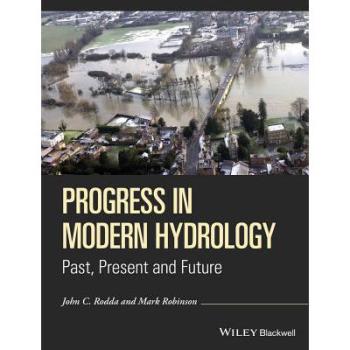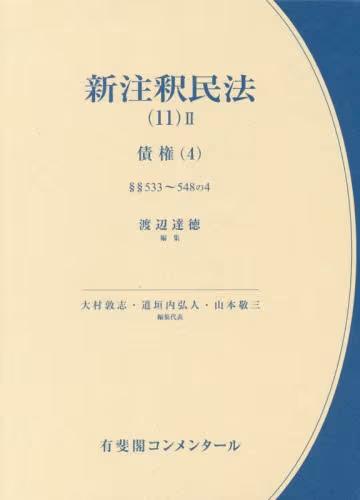
Progress in Modern Hydrology - Past, Present and Future
现代水文学进展:过去、现在与未来
水文学售 价:
¥
1122.00
发货周期:预计3-5周发货
作 者
出 版 社
出版时间
2015年07月09日
装 帧
精装
页 码
408
开 本
190.5x247.7mm
语 种
英文
综合评分
暂无评分
- 图书详情
- 目次
- 买家须知
- 书评(0)
- 权威书评(0)
图书简介
This book reviews the contributions of the research teams of the staff of the Institute of Hydrology and CEH Wallingford to the advancement of UK and overseas hydrological research and practice. The hydrological research laboratory at Wallingford has had a central role in many aspects of the development of UK hydrological sciences and related areas for half a century, as well as an impact internationally. The book contains a series of 12 chapters written collaboratively by staff; each chapter will deal with a major theme in the modern hydrology. These include the ability to: measure water quantities and extremes of flows; to better understand flood risk; water scarcity; understand processes and so better predict and model; water chemistry which can be as important as quantity; vital relations between hydrology and ecosystems; how to manage and organise these data to better manage the resource; the crucial role of hydrology to world climate as water vapour is a major greenhouse gas. The structure of each chapter will aim follow a similar pattern: a brief historical introduction showing the key issues and challenges, the growth and attainments of the area of science concerned and the challenges for the future. The text will be written by current and former members of staff of the Wallingford Laboratory and compiled by co-editors. The number of authors and the way their contributions will be assembled into chapters has been decided in outline. Their sequence will aim to follow the history of the development of the science from its start at HRS, through HRU and IH to CEH, the innovations brought about and where the research will anticipate future problems in the water world. The book will aim to cover the demand for improved knowledge in order to enhance practice, leading to discussion of the results achieved in terms of the scientific advances and how these were disseminated to the stakeholders. Contents Twelve chapters are foreseen: 1) Basin Studies 2) Instrument development and deployment. 3) Flood studies: risks and extremes 4) Studies of hydrological processes physical and biological. 5) Water resources security, development and management. 6) Hydrological modelling of water quantity/flows. 7) Water quality. 8) Eco-hydrology 9) Contributions to national and international programmes 10) Climate change and Global Circulation Models 11) Data acquisition and exploitation 12) Integrating Science and looking to the future. Background: The pace of development in Britain during Victorian Times and in the first half of the 20th Century led to the earlier warnings of Thomas Malthus at the end of the 18th Century to be largely forgotten. That natural resources are finite and need husbanding and managing in a sustainable fashion were, in general, largely ignored in the decisions made by government, public and private industry and by individuals. However, by the 1950s, with the recovery of industrial production, and a better educated and burgeoning population, concern about the overuse of natural resources and worries about the mis-use of the environment started to grow. Afforestation of large areas of upland Britain with commercial conifers was one policy which seemed to be in direct conflict with the safe supply of water resources and wider concern for the environment. Growing realisation in government and the water industry that future water resources would not be sufficient to meet the rapidly rising demand was crystallised and given added urgency largely by the unexpected results from a small-scale experiment on a stand of conifers at Stocks Reservoir (Law 1956, 57 58). The findings, if proved correct, indicated that the trees used an extra 30% of the water that would otherwise have run into the reservoir, representing a serious reduction in the available resource and an economic loss for the water company. More than anything else, the initial impetus to modern hydrological sciences in the UK was the need to answer the fundamental question Do trees use more water than grass on a basin scale?
本书暂无推荐
本书暂无推荐















